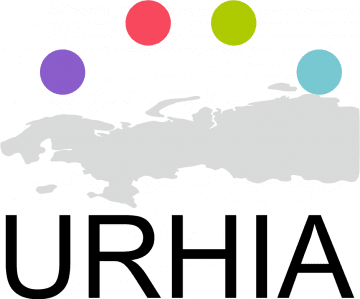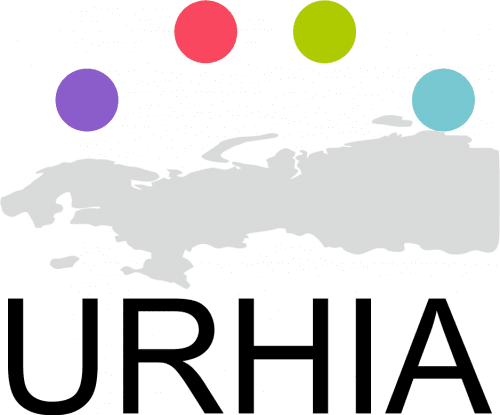Background
Uralic Historical Atlas is open access spatial data platforms, serving multidisciplinary studies of the human past. They bring together spatial data of e.g. language speaker areas, archaeological findings, typology, genetic patterns, vegetation zones, topography, glacial history and post-glacial climate. The platforms enable users to view spatial data, combine and compare thematic data on the interactive map and download data files.

Uralic Historical Atlas focuses on spatial data covering the Uralic language area, i.e. the Baltic area and northwestern Siberia.
The platforms are hosted by the University of Turku, Finland. They have been created within project Uralic triangulation – URKO (2020-2022), funded by the Academy of Finland. Uralic Historical Atlas and Finnish Historical Atlas publish datasets that originate from different sources, including former projects (e.g. BEDLAN, UraHoli) and owned by individual researchers. The copyright owners have agreed on the distribution of their data and their licensing. Details of the copyright and origin of the datasets is reported separately for each dataset included in the platforms.
All data in the Uralic Historical Atlas and Finnish Historical Atlas are licensed with the Creative Commons Attribution 4.0 International (CC BY 4.0) license. The license gives you the freedom to share and adapt the data, as long as you give appropriate credit, provide a link to the license, and indicate if changes were made and do not set additional restrictions for others to use the data (see Creative Commons for details).

Want to publish data in URHIA?
Below you can find a simplified checklist aiming at helping you to decide if your dataset can be published via URHIA, and guide you to start the publication process.
- URHIA is designed for spatial data only. Make sure that your data is spatial data, that is digital data that have coordinates and coordinate system information. Spatial data may also be data that include some kind of relative spatial information, such as names of administrative areas or postal codes.
- Make sure that you have the right to publish the data. Who owns the data? If you are the owner and have exclusive copyright to the data, you can go ahead and make the publication decision yourself. Otherwise, you need to contact the data owner or find out what the copyright allows. You are yourself responsible for checking the ownership and copyright of the data.
- Make sure that your data description (metadata) is sufficient. Do you have all the necessary metadata of your data? In addition to ownership and copyright information, these include information on the origin and creation process, potential background information, date of creation, date or period that the data describes and explanation of attribute fields.
- Make sure that your data is in spatial data format prior to publication. Are your data already in spatial data format, such as ESRI shapefile, GML, GeoJSON, GeoTIFF or other? Or are they for example in tabular format (such as Excel spreadsheet or csv) with coordinate information on columns? The data need to be transformed into one spatial data format before it can be uploaded to URHIA.
Need help? The best source of information is the documentation of the UTU Geospatial data service (https://blog.geonode.utu.fi/user-guide/). In case this support is not enough, we recommend cooperating with another researcher or professional with basic geospatial data skills. The University of Turku cannot offer data management or information services for individual data providers.
